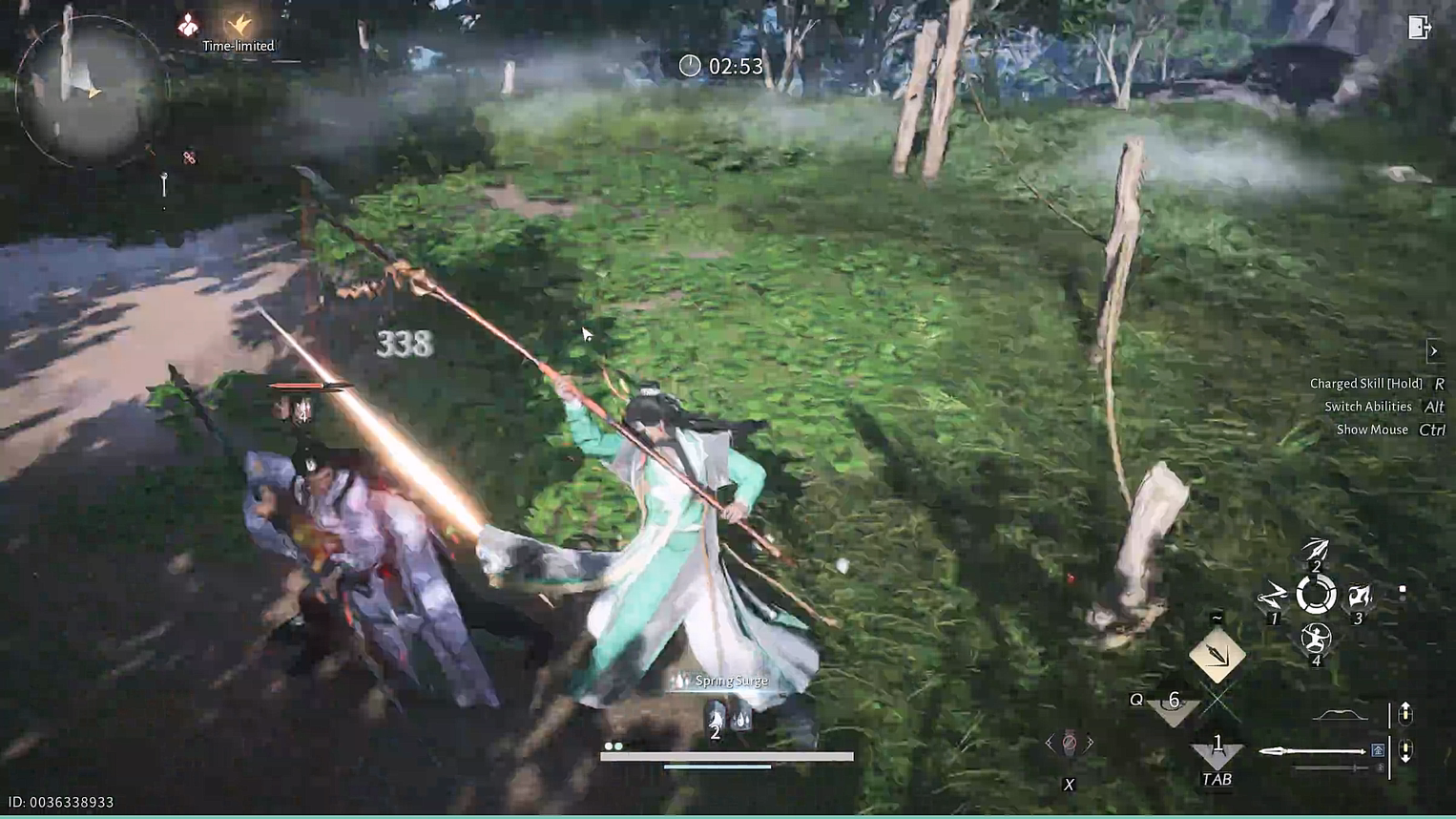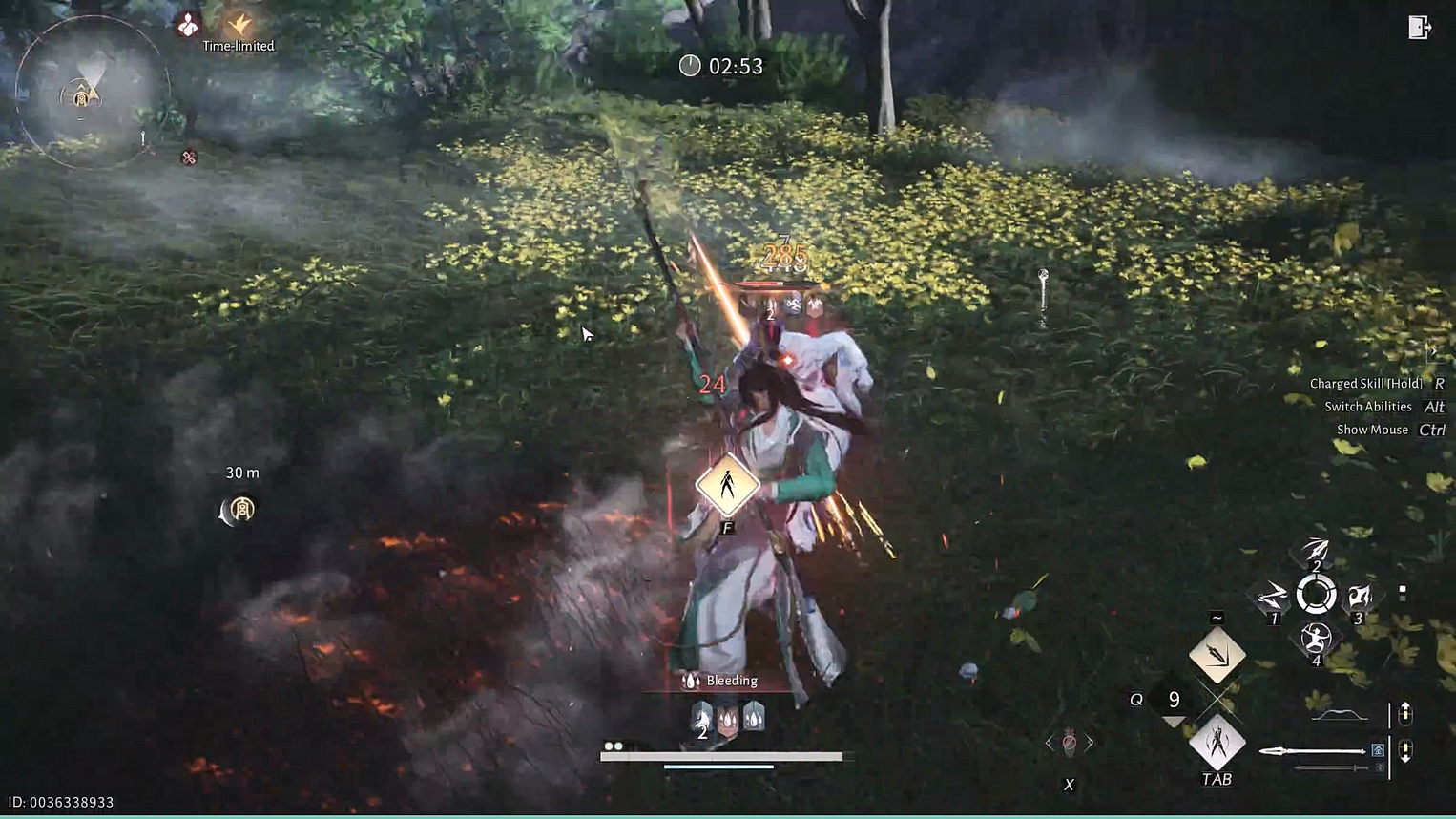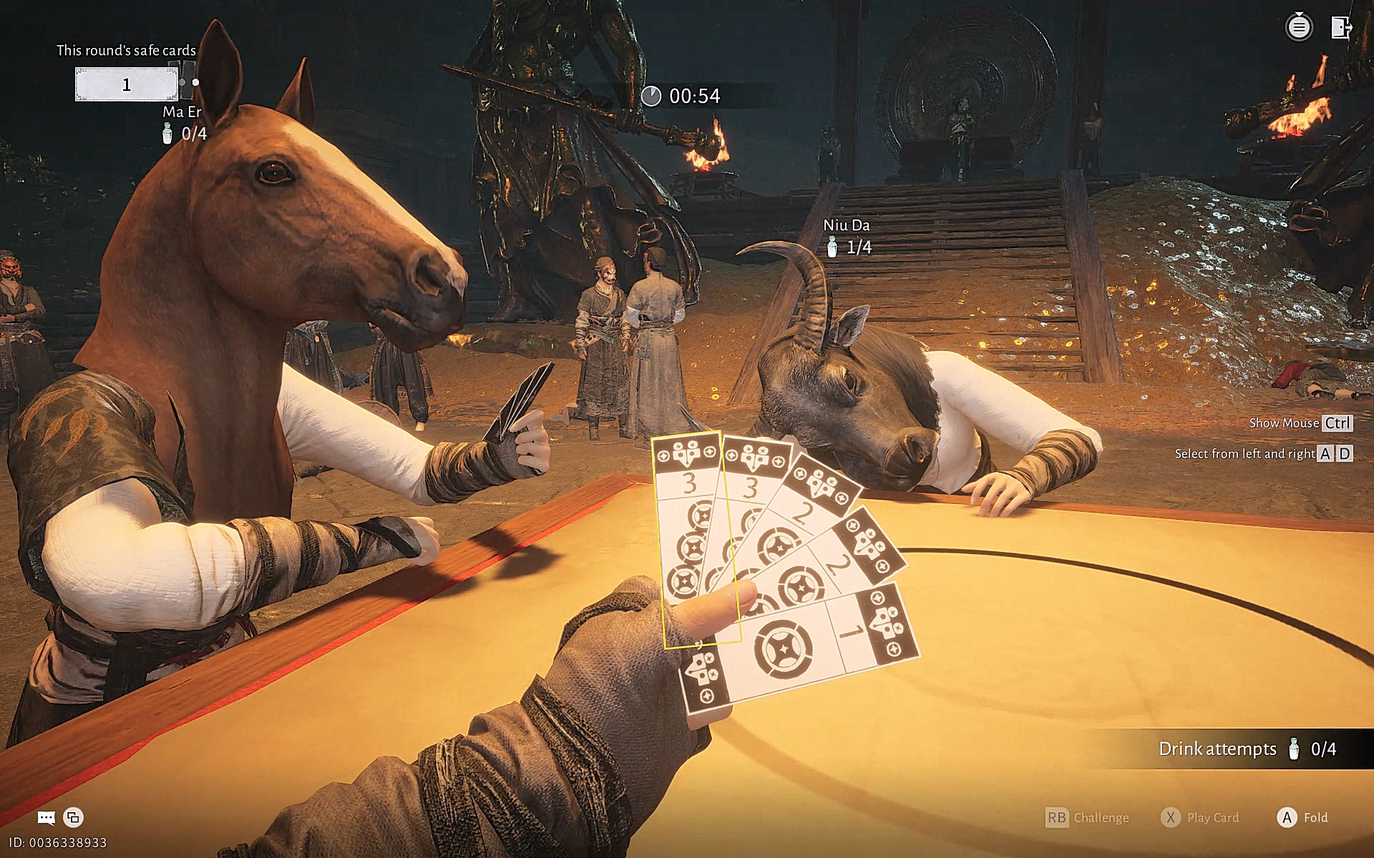The term mobile MMO is synonymous with the dark heart of mobile gaming. Overcluttered menus, despicable monetization practices, and psychological gameplay incentivization strategies bordering on abusive have become part and parcel of the mobile MMO landscape. But why is it that developers appear content to stick with what seems to universally-frowned upon design practices?
What is it about mobile MMO about development that appears to be so inherently terrible? And is there any hope for the genre after over a decade of thorough disappointment?
Why Mobile MMOs are Always Bad
Indeed, the first MMO you play ever play leaves a special hole in your heart that many gamers spend the rest of their gaming-life searching to fill. Through a mixture of rose-tinted glasses and pure, unadulterated novelty, gamers look back at the “golden days” of MMORPGs with hiraeth — a word I rarely find a legitimate opportunity to use.
Odds are, however, that the first MMO you played wasn’t actually as “good” as you remember it being — almost certainly not.
And yet, somehow, after over a decade of relentless disappointment, gamers continue to chase that first-MMO ambrosia on mobile with tireless abandon. Though the genre is considered the poster child of everything wrong with mobile gaming in general, players still routinely check in, hoping against all odds that a ray of light shined through in their absence. And it rarely ever had. But what, really, is holding the mobile MMO industry back?
Why does it seem that Mobile MMOs are always, always bad?
Platform Limitations

One of the first dissimilarities between mobile MMOs and their fully-fledged, more hardware-rich counterparts is the litany of design challenges that accompany the platform. There’s simply less processing power in your pocket than there is in your CPU or your console. Though smartphones grow stronger by the day, we have to remember that mobile games need to cast as wide a net as possible to turn a profit quickly and developers are thus forced to cater to the lowest common denominator instead of the latest device with the best specs and gamer-targeted ad copy.
This means that all the while crafting expansive virtual environments, detailed character models, and elaborate cut scenes, developers have to ensure the game is playable on a potato – in this case, a pocket potato. To cap that all off, mobile phones vary more wildly than PCs in aspects beyond just processing power. Screen size, aspect ratio, more limited storage capacity and sharply finite battery life — as well as the necessity to optimize for mobile data consumption. There are a lot of reasons for mobile developers to clamp down on the size and weight of a mobile game.
All that flies in the face of what most typical MMOs will strive for: Scale, immersion, complexity, depth. RPGs have long been the receptacle Of gaming’s most audacious ambitions and require a determination and follow through on the part of the developer a few orders of magnitude beyond that of a simple idle game or endless runner. Making an MMORPG adds multiple layers of difficulty on top of an already hard problem.
Incompatible Business Models
But, platform limitations aside, the biggest obstacle in the way of better mobile MMORPGs is without a doubt the currently dominant business models at play. By and large, mobile MMOs are beset with intrusive, consumer-negative sales tactics that detract from the experience at large.
Aside from over-cluttered menus full of in-game ads and aggressive tactics designed to fan the flames of FOMO at every opportunity, many mobile MMOS use roundabout tactics like initially easy leveling and a seeming overabundance of progression-relevant resources until players hit a “soft” level cap a dozen hours in. There, suddenly, the price of progression starts to soar and players are left scrambling for scraps, unable to “pay” for things as trivial as upgrading a skill, let alone their whole character. We’re looking at you, Netease.
While some tables have gone out of their way to present themselves otherwise, the term mobile MMO has become nine synonymous with pay to win game mechanics that encourage their users to spend over and above what it would cost them to shell out for a AAA consul title (Or in many cases a whole console!).
Play streaks and dailies designed to guilt-trip you into playing like its a job just to stave off a psychological loss, Pet lotteries and time-gated bosses that come with a minuscule shot at getting the thing you need to get the thing to maybe get the thing you need — even the best examples of mobile MMOs are usually considered so because of how few of these qualities they exhibit, rather than how far they exemplify the best of what the genre has to offer. To top that off, we also have the added curse of autoplay that the mere mention of is often enough to send MMO enthusiasts running away screaming.
Cheap Imitation

And while it’s clear that the genre has suffered over the years at the hands of poor quality, hastily-released, poorly-developed titles and developed a reputation for being one of the figureheads for the shame that his mobile game development, little innovation has been brought to the space in the previous decade compared to mobile gaming as a whole. Autoplay continues to be a fixture of the genre and pay-to-win mechanics are as commonplace as they ever were.
Part of the reason for this is one of the problems with mobile game development overall: the incentivization to produce carbon-copy imitations rather than any impetus for original development. It’s easier for a developer to look at what’s hot, and what’s currently selling and try to replicate that than it is to bet the house on brand new, untested ideas. It is arguably irresponsible in a narrow, narrow financial sense.
Because of this, at best we get more of the same with little innovation. At worst, we end up with a slew of poor imitators that function like the Potemkin villages of the gaming world.
This is because game development is expensive. You need teams of artists, 3D modellers, animators, writers, developers and creative overseers as well as a slew of marketers and business executives. And design is an iterative process – character concept artists go through sheets and sheets of character silhouettes before even considering a few to render further and develop back-and-forth before settling on a small handful of preliminary designs.
Those designs then has to run the gamut of art directors and creative directors before being passed off to modelers that will present their own challenges before passing it on again like a hot potato to the animators who then dissect it and come up against their own obstacles that need solving. It’s much, much easier and faster to look at something that has been done before and come as close as legally possible (and then some) to a 1:1 copy. It’s cheaper, and every business is in the same business — money-making.
This is the very reason we have so many crappy mobile MMOs, so many battle-royale knock-offs, and why film studios keep pumping out sequel after sequel rather than trying out new ideas; we complain about the lack of originality but line up for more of the same, further incentivizing creators to not fix it because it isn’t technically broken. People continue to shell out hundreds and even thousands of dollars for bare-bones digital assets at the whim of psychologically addictive marketing tactics.
The Good News
But there is hope. Developers are gamers too, and many are starting to recognize the virtue in developing solid MMOs amid an era of stark disappointment in the mobile MMORPG space. And they’re also realizing that there is a way to have your cake and eat it too. Rather than betting millions of dollars on new and untested ideas or trying to stave off scope creep while pushing the envelope of mobile gaming with Console wannabes, You can copy your own game via a mobile port.
Old school RuneScape has looked terrible for years. The old reliable of the MMORPG genre, RuneScape shepherd many a young gamer through their early teens and what is the subject of affection and mockery even then.
Expensive, deep, and Extremely player-driven with a distinct personality, RuneScape showed that you don’t have to Cater to boundary-pushing realism to sell an MMO. Old school RuneScape looked like a flash game compared to genre heavyweights of the mid to late 2000s but accrued millions of players and made internet celebrities.
And, after all this time, old-school RuneScape has found a new lease on life on mobile. The game that bumped shoulders with World of Warcraft and the first Guild Wars never was one to strike fear into the hearts of dedicated GPUs anywhere, being played in your browser on even the most modest laptops of the early 2000s.
It also featured dead simple combat and straightforward controls and found more engagement with its extremely player-driven economy more than anything else. And it had no aggressive ads or questionable monetization policies. It was a perfect candidate for the constraints of mobile.
Well there it is, new record high for @OldSchoolRS, the response to Leagues II: TrailBlazer has been nothing short of incredible. pic.twitter.com/lzLU0Duo2M
— Mod Kieren (@JagexKieren) November 1, 2020
That’s why the old-school RuneScape port has ballooned to higher levels of popularity than ever before. And other developers are noticing. We have Adventure Quest 3D and Eve: Echoes throwing their own classic port/remake hats into the ring.
Though they too are plagued by many of mobile’s perennial issues, it gives some semblance of hope to weary MMO fans still hoping and praying for the genre to turn a new leaf. Who knows, perhaps with time, we could see Blizzard consider a mobile port of vanilla WoW or Arena Net a stripped-down Guild Wars.
What would be better would be if the mobile MMO industry could center around the elements that helped make OSRS a resurgent hit. While the game obviously benefitted from the goodwill of a pre-existing fanbase millions-strong, what made the game stick was its core elements. A mobile MMO that doesn’t sweat it over trying to stuff a console-shaped game in a mobile-sized package and instead works with the design constraints rather than against them could be the answer to helping push the industry to greener pastures.
It’s hard to bet on new ideas with millions of dollars at stake but that’s why the idea needs to be good enough.
What do you think is the best mobile MMO right now, and why? Seriously, we’re all ears. We’d love to hear which game you think champions the best of the mobile MMO market and what the worst offenders are.












Discussion